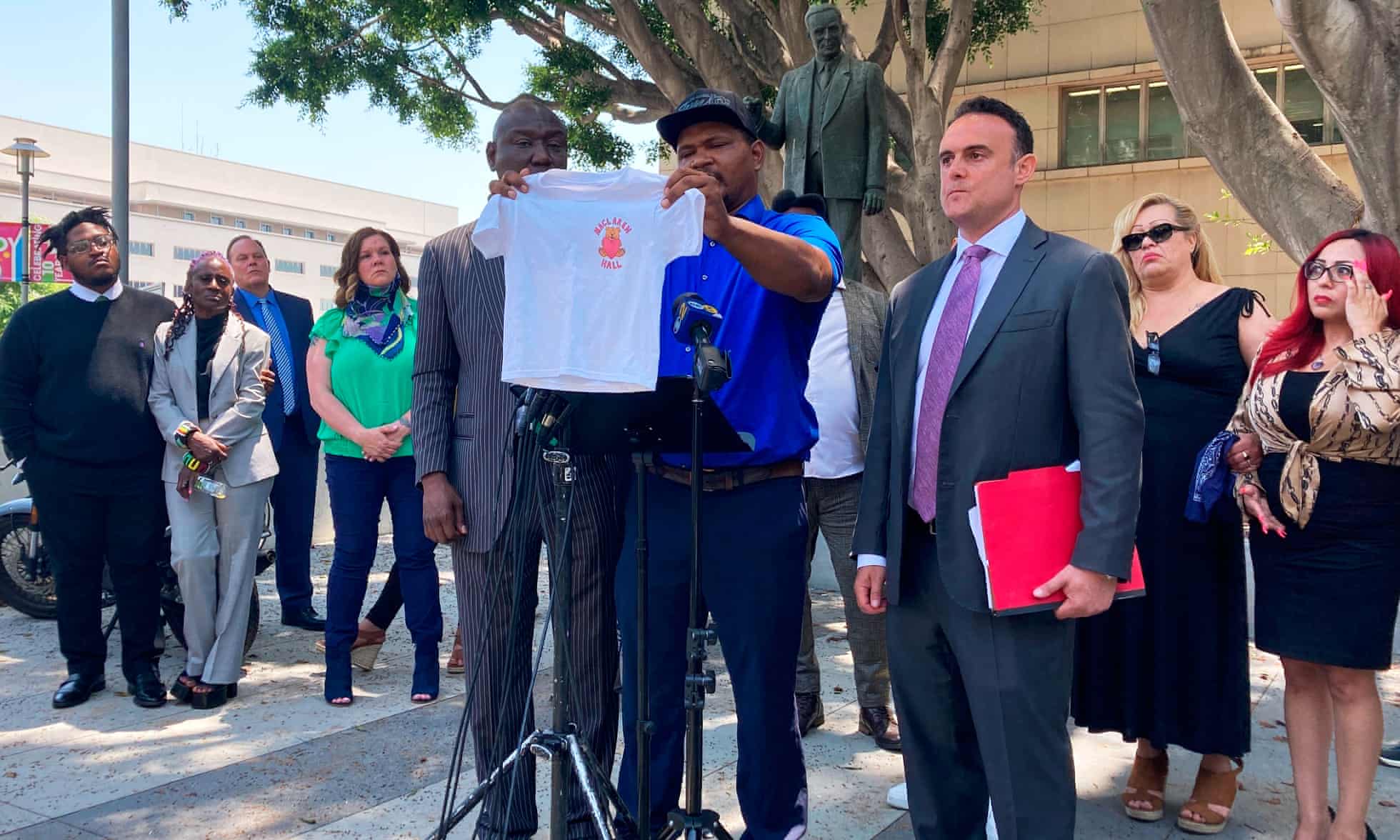 The Army laboratory identified by prosecutors as the source of the anthrax that killed five people in the fall of 2001 was rife with such security gaps that the deadly spores could have easily been smuggled out of the facility, outside investigators found.
The Army laboratory identified by prosecutors as the source of the anthrax that killed five people in the fall of 2001 was rife with such security gaps that the deadly spores could have easily been smuggled out of the facility, outside investigators found.
The existing security procedures _ described in two long-secret reports _ were so lax they would have allowed any researcher, aide or temporary worker to walk out of the Army bio-weapons lab at Fort Detrick, Md, with a few drops of anthrax _ starter germs that could grow the trillions of spores used to fill anthrax-laced letters sent to Congress and the media.
The two reports, which have not been made public for more than nine years, describe a haphazard system in which personnel lists included dozens of former employees, where new hires were allowed to work with deadly germs before background checks were done and where stocks of anthrax and other pathogens weren’t adequately controlled.
Fort Detrick since has adopted new bio-security measures. But the security reports by independent government specialists suggest that deadly anthrax stocks may have been more accessible than investigators assumed in declaring Army scientist Bruce Ivins the perpetrator.
The letters, mailed to two U.S. senators and at least three media outlets, panicked the nation in the immediate aftermath of the 9/11 terrorist attacks. The Justice Department says the letter spores derived from a flask controlled by Ivins at Fort Detrick.
Marked “for official use only,” the two reports were completed in 2002. One was conducted by a seven-member team from Sandia National Laboratories in Albuquerque, N.M. The other was by auditors for the Army’s inspector general’s office.
More...





 Ukraine's President Volodymyr Zelenskiy confirmed for the first time on Monday that Ukrainian troops have been...
Ukraine's President Volodymyr Zelenskiy confirmed for the first time on Monday that Ukrainian troops have been... Los Angeles county has reached a $4bn agreement to settle nearly 7,000 claims of sexual abuse...
Los Angeles county has reached a $4bn agreement to settle nearly 7,000 claims of sexual abuse...






























